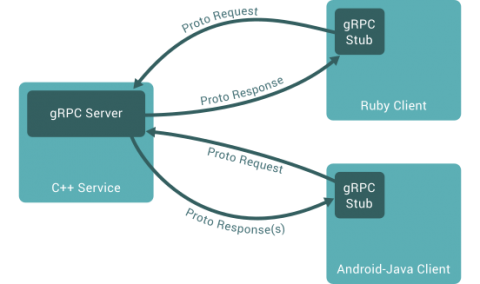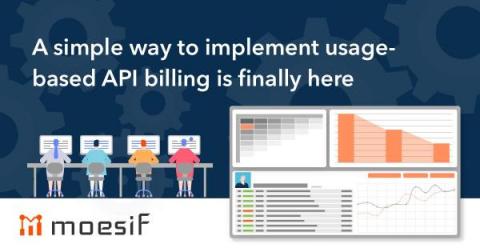Harnessing the Power of Insomnia Plugins
Insomnia is a fast and lightweight open source desktop application that doubles as a tool for API design and testing and as an API client for making HTTP requests. It has built-in support for REST Client, gRPC and GraphQL. All of that is just what you get out of the box. Many users of Insomnia aren’t aware of its secret menu: plugins. Plugins are key to enhancing your usage of Insomnia. Insomnia already boasts a library of nearly 350 plugins, and they’re quick and simple to install.










